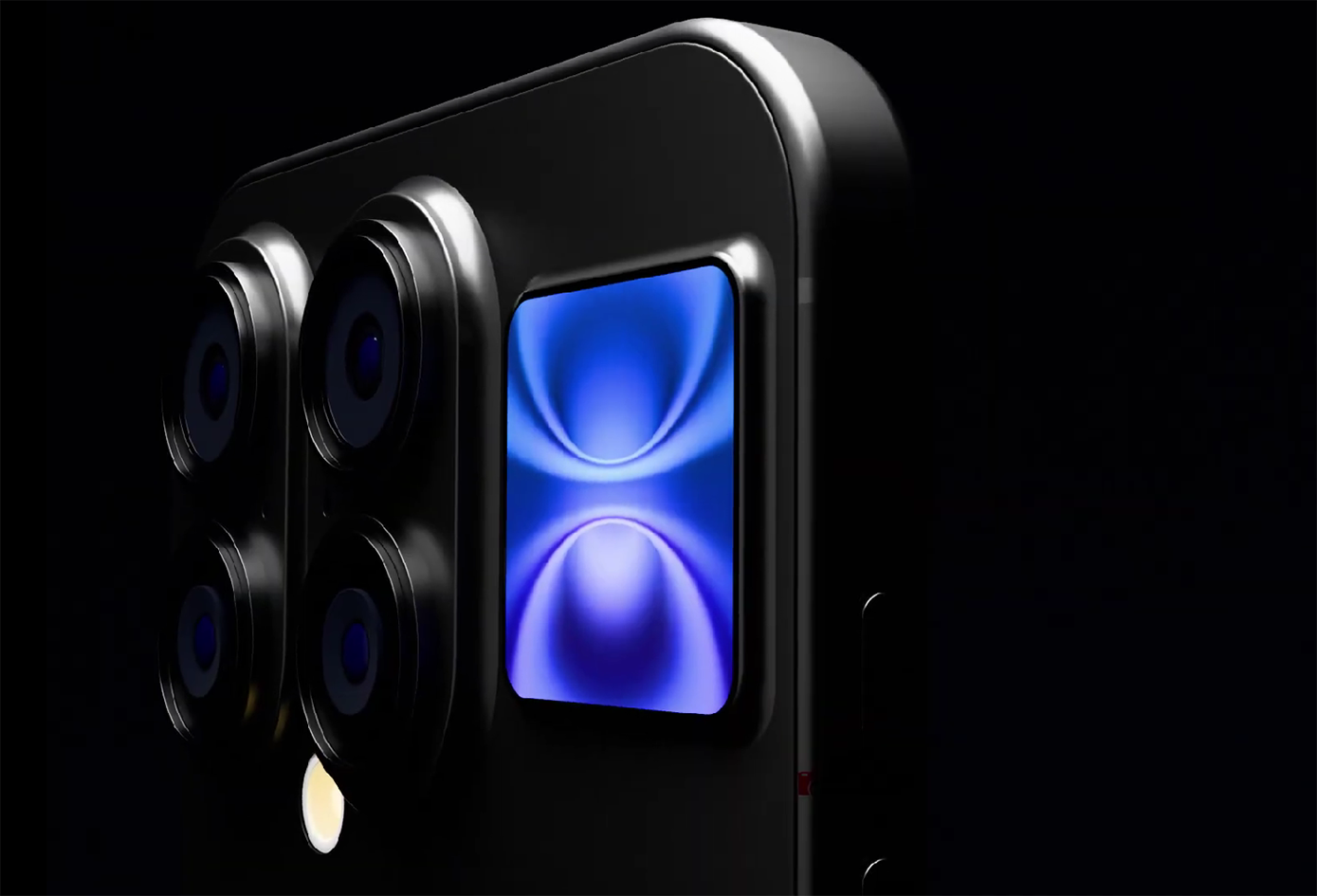
While the iPhone 17 lineup is expected to launch this September, Apple enthusiasts may want to hold out for something even more groundbreaking: the iPhone 18 series, slated for 2026, is shaping up to be one of Apple’s most ambitious upgrades yet.
With leaked reports painting a clearer picture, the iPhone 18 Pro models are expected to feature a slew of cutting-edge technologies that could redefine the iPhone experience.
Variable aperture camera: First-ever for iPhone
According to analyst Ming-Chi Kuo, the iPhone 18 Pro could become the first iPhone to feature a variable aperture main camera - a major leap in mobile photography.
Current iPhone Pro models like the 14 Pro, 15 Pro, and the upcoming 16 Pro use a fixed ƒ/1.78 aperture on the 48MP main camera. This aperture remains wide open, offering no control over light intake.
A variable aperture would give users the ability to adjust how much light enters the lens, much like a professional camera. This means better control in bright environments and more flexibility with depth-of-field, allowing users to fine-tune background blur.
While the impact on depth-of-field may be limited by the iPhone’s relatively small sensor, it would still be a valuable creative tool - especially in tricky lighting conditions.
C2 modem: Apple’s next step away from Qualcomm
Supply chain analyst Jeff Pu reports that the iPhone 18 Pro will feature Apple’s next-generation C2 modem, following the debut of the C1 modem in the lower-cost iPhone 16e.
The C2 modem promises faster data speeds, better power efficiency, and mmWave 5G support - something missing from the C1.
This development aligns with Apple’s strategy to reduce dependency on Qualcomm by creating its own modem hardware, giving the company tighter control over performance and integration.
A20 Pro chip: Built for AI and future-proofing
The iPhone 18 Pro is expected to run on Apple’s new A20 Pro chip, likely built on TSMC’s third-generation 3nm process - the same node used for the A19 Pro in the iPhone 17 Pro.
While CPU and GPU performance may only see moderate gains, the A20 Pro will use a more advanced packaging method called CoWoS (Chip on Wafer on Substrate). This allows tighter integration of the processor, unified memory, and neural engine, significantly boosting on-device AI performance.
There are also rumors suggesting a possible shift to a 2nm process for the A20 Pro, which would mean a significant leap in performance and energy efficiency.
New triple-layer image sensor from Samsung
Samsung is reportedly developing a triple-stacked image sensor specifically for the iPhone 18, under the codename PD-TR-Logic. This sensor integrates three layers of circuitry to improve responsiveness, reduce noise, and expand dynamic range.
Until now, Sony has been the exclusive supplier of iPhone camera sensors, so Samsung’s potential involvement would mark a major shift in Apple’s camera supply chain.
In 2024, Ming-Chi Kuo also predicted that Samsung would start supplying 48MP Ultra-Wide sensors for Apple by 2026, likely for the iPhone 18 Pro.
Under-display Face ID finally coming
Display expert Ross Young has forecasted that the iPhone 18 Pro and 18 Pro Max will finally feature under-display Face ID in 2026 - a long-rumored update Apple initially planned for the iPhone 17 Pro.
Although Face ID sensors may become invisible, the Dynamic Island is expected to remain - though possibly in a smaller form. Apple may also adopt a punch-hole front camera design, like the Pixel 9 and Galaxy S25, but the exact implementation remains under wraps and could change before launch.
Apple is preparing to launch the iPhone 17 lineup this September, including the iPhone 17, 17 Pro, 17 Pro Max, and the ultra-thin iPhone 17 Air. However, fans eager for the next big leap in technology may find the iPhone 18 series worth the wait.
Hai Phong (Macrumors, 9to5Mac)